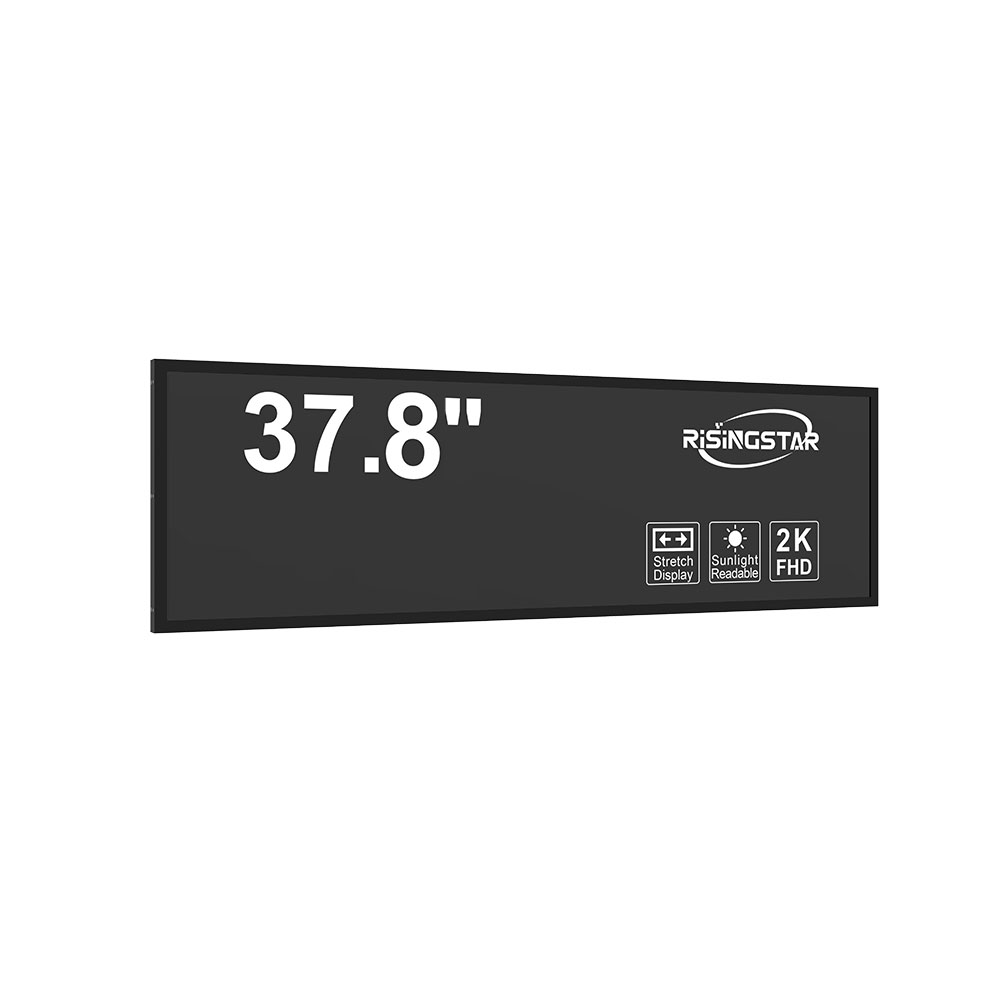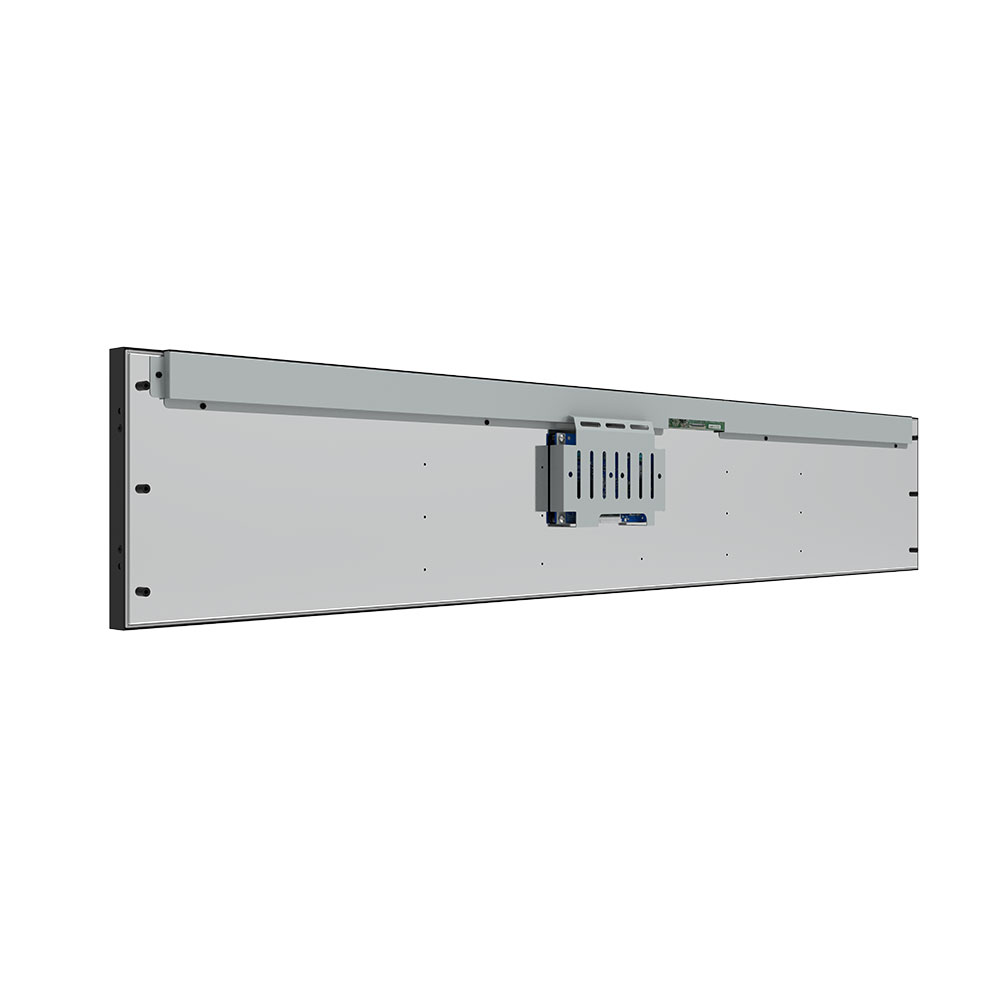- Home
- About Us
- Products
- News
- Video
- Contact
- Send Inquiry
Search
- Home
- About Us
- Products
- News
- Video
- Contact
- Send Inquiry

ULED (Ultra-Light Emitting Diode) display technology represents a significant evolution in the field of high-brightness, sunlight-readable displays, particularly for outdoor and industrial applications. Unlike traditional LED-backlit LCDs or OLED panels, ULED integrates advanced light-emitting diode arrays with precision optical engineering to deliver exceptional brightness, contrast, and energy efficiency—even under direct sunlight conditions. According to a 2023 report by Statista, the global demand for high-brightness displays in automotive, defense, and smart infrastructure sectors is projected to grow at a CAGR of 11.7% through 2030, underscoring ULED’s increasing relevance.
ULED technology achieves its superior performance by leveraging micro-LEDs—tiny semiconductor light sources that emit light directly without the need for a separate backlight. This eliminates common issues like uneven illumination and reduced contrast seen in conventional LCDs. For instance, military-grade ULED displays used in combat vehicles have demonstrated peak brightness levels exceeding 10,000 nits, enabling clear visibility even in bright desert environments. In comparison, standard indoor LCD screens typically max out at around 500–1000 nits. The ability to maintain readability in extreme lighting conditions makes ULED ideal for applications such as avionics, outdoor kiosks, public transportation dashboards, and solar-powered IoT devices.
A key advantage of ULED lies in its power efficiency. Micro-LED pixels consume significantly less energy than OLEDs while offering higher luminance stability over time. A study published in IEEE Transactions on Electron Devices (2022) found that ULED modules reduce power consumption by up to 40% compared to equivalent OLED displays when operating at full brightness. This is critical for battery-powered systems where thermal management and longevity are paramount—such as in drone cameras, handheld medical devices, or wearable tech.
Moreover, ULED supports wide color gamuts (up to DCI-P3), high refresh rates (120Hz+), and low response times (<1ms), making it suitable not only for ruggedized environments but also for immersive user experiences in augmented reality (AR) and virtual reality (VR) headsets. Companies like Samsung, LG, and China-based JoyDisplay have begun integrating ULED into their next-generation products, including transparent displays and flexible screen prototypes.

Despite its advantages, ULED faces challenges in mass production scalability due to the complexity of micro-LED manufacturing. However, recent innovations in chip transfer techniques and automated assembly processes—such as those developed by Rambus and Plessey—are accelerating commercialization. Industry analysts at Yole Développement predict that ULED will capture 25% of the premium display market by 2027, especially in sectors requiring durability, clarity, and low power usage.
Looking ahead, the convergence of ULED with AI-driven adaptive brightness control and edge computing capabilities promises to redefine how humans interact with digital interfaces in dynamic environments. As sustainability and real-time responsiveness become core design criteria across industries, ULED stands out as a future-proof solution for next-gen visual systems.
